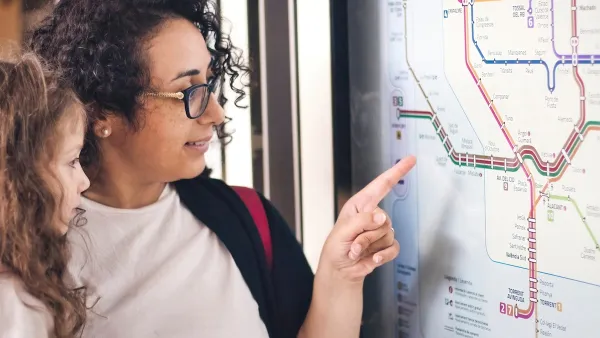While many downtowns struggle to attract residents and visitors, Madison, Wisconsin has succeeded in creating a vibrant nightlife scene, so much so, that overcrowding and alcohol-related crime have become a serious problem.
"Madison's revitalization success of the 1980s and 90s has lured thousands of young professionals, retirees and former suburbanites to move to glistening condominium buildings in the shadow of the state Capitol's dome and only a few blocks from the University of Wisconsin's main campus. And there is hardly a bad night for business near State Street, where university students and tourists pack restaurants and bars to capacity even on freezing weeknights."
"But as downtown's population and revelry have grown, so have overcrowding on the streets, vandalism and, most significantly, the police say, alcohol-related crime. Mayor Dave Cieslewicz and other officials find themselves grappling with a problem that is a direct result of Madison's successful transformation: how to tone down downtown."
"According to a recent police department analysis of attacks in which someone was injured downtown, about 75 percent of the victims and perpetrators were intoxicated. The analysis also found that after midnight on Thursdays, Fridays and Saturdays, police officers, paramedics and firefighters often spent half to all of their working hours responding to alcohol-fueled fights and disorderly conduct. Noise, public urination and vandalism are constant concerns."
An ordinance to reduce the number of alcohol-serving establishments has been introduced, with the support of the mayor. It targets one square mile that "has 120 places that serve only or mostly alcohol. They have a capacity of more than 11,000 people, city officials said." Bar owners are resisting the new ordinance.
"As an urban issue, the downsizing of downtowns has little precedent because many cities, particularly in the Midwest, are struggling mightily to bring people back to their cores, not send them away."
Thanks to Mike Keenly
FULL STORY: This Remaking of Downtown Has Downside

Planetizen Federal Action Tracker
A weekly monitor of how Trump’s orders and actions are impacting planners and planning in America.

San Francisco's School District Spent $105M To Build Affordable Housing for Teachers — And That's Just the Beginning
SFUSD joins a growing list of school districts using their land holdings to address housing affordability challenges faced by their own employees.

Can We Please Give Communities the Design They Deserve?
Often an afterthought, graphic design impacts everything from how we navigate a city to how we feel about it. One designer argues: the people deserve better.

Engineers Gave America's Roads an Almost Failing Grade — Why Aren't We Fixing Them?
With over a trillion dollars spent on roads that are still falling apart, advocates propose a new “fix it first” framework.

The European Cities That Love E-Scooters — And Those That Don’t
Where they're working, where they're banned, and where they're just as annoying the tourists that use them.

Map: Where Senate Republicans Want to Sell Your Public Lands
For public land advocates, the Senate Republicans’ proposal to sell millions of acres of public land in the West is “the biggest fight of their careers.”
Urban Design for Planners 1: Software Tools
This six-course series explores essential urban design concepts using open source software and equips planners with the tools they need to participate fully in the urban design process.
Planning for Universal Design
Learn the tools for implementing Universal Design in planning regulations.
Borough of Carlisle
Smith Gee Studio
City of Camden Redevelopment Agency
City of Astoria
Transportation Research & Education Center (TREC) at Portland State University
City of Camden Redevelopment Agency
Municipality of Princeton (NJ)


























